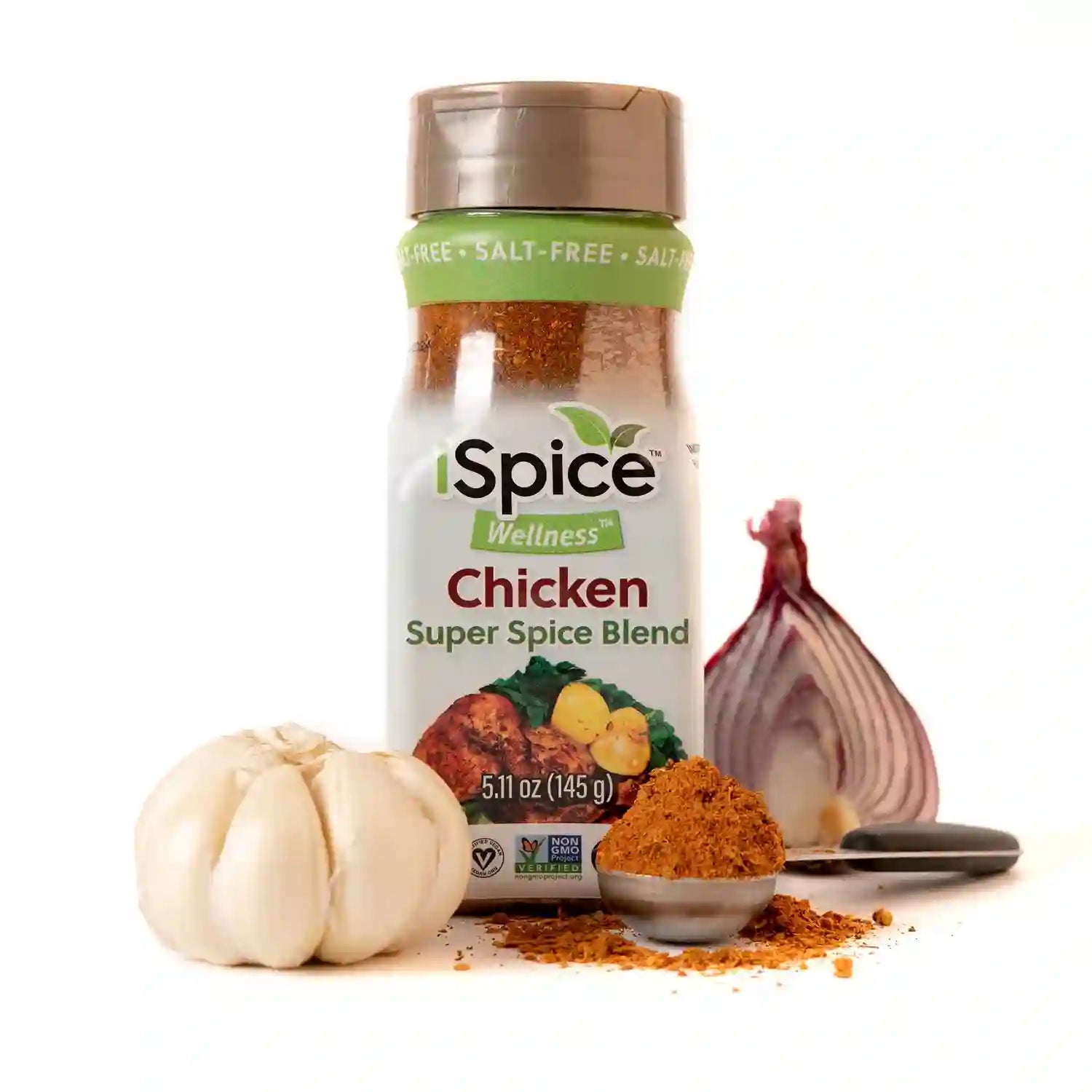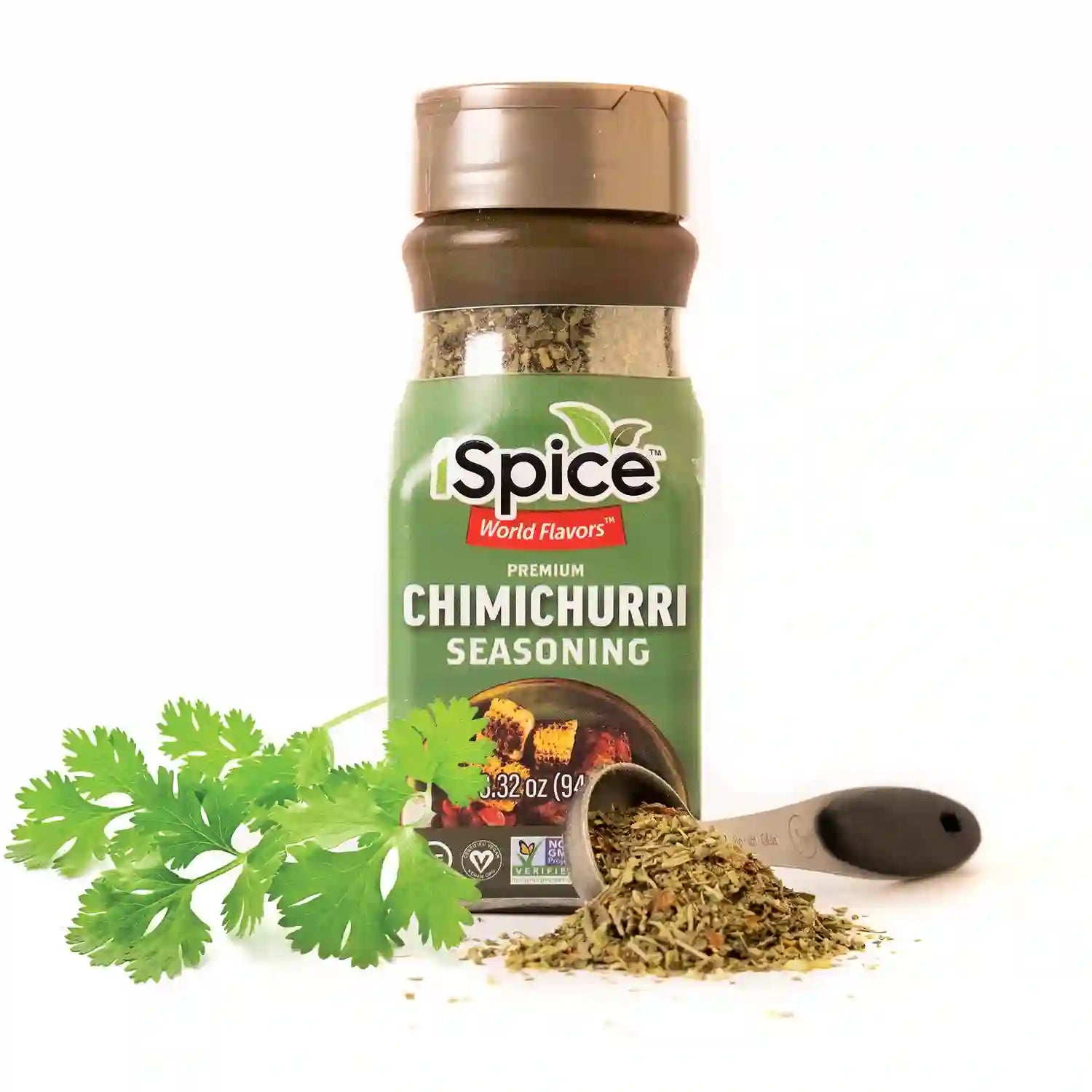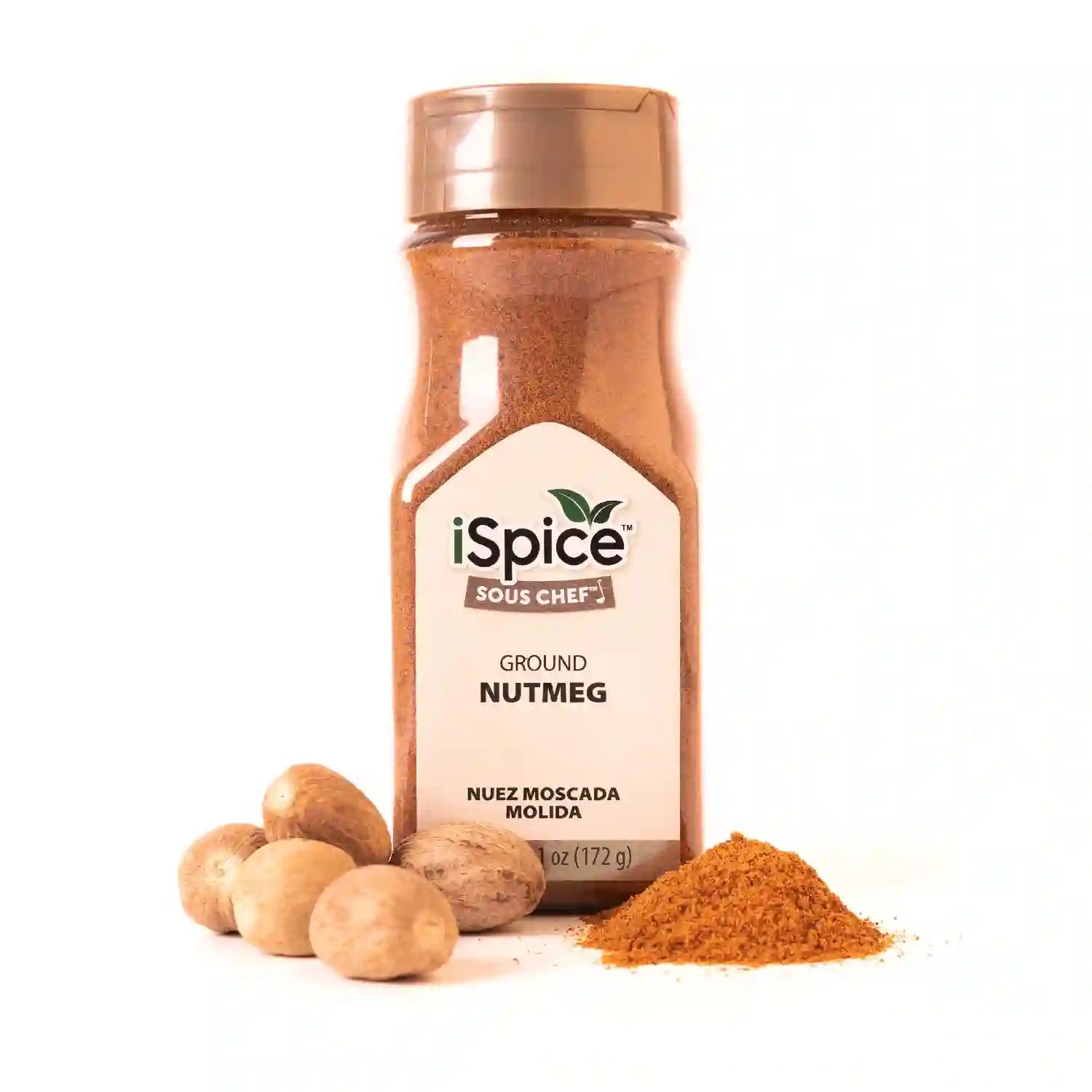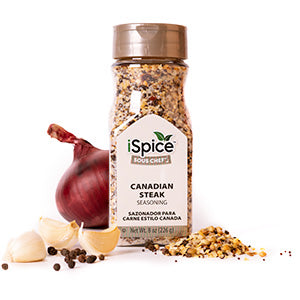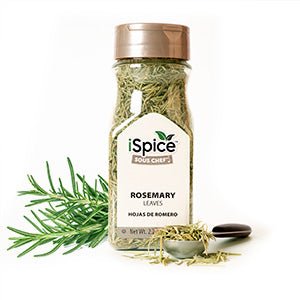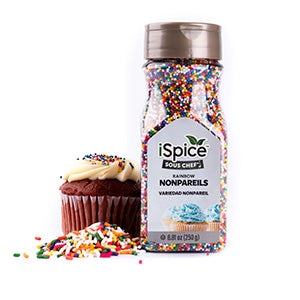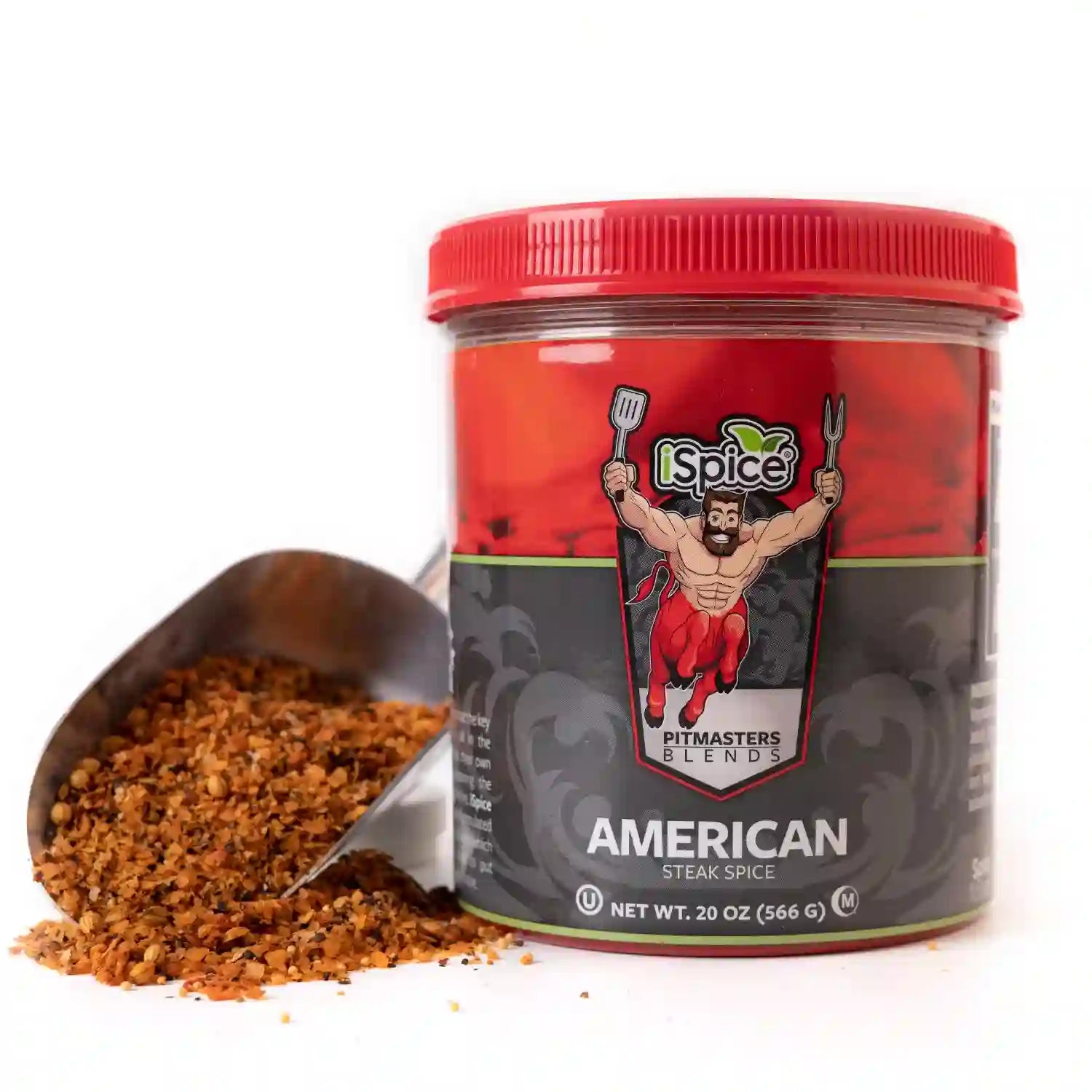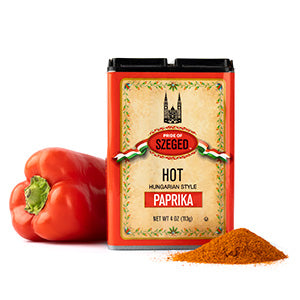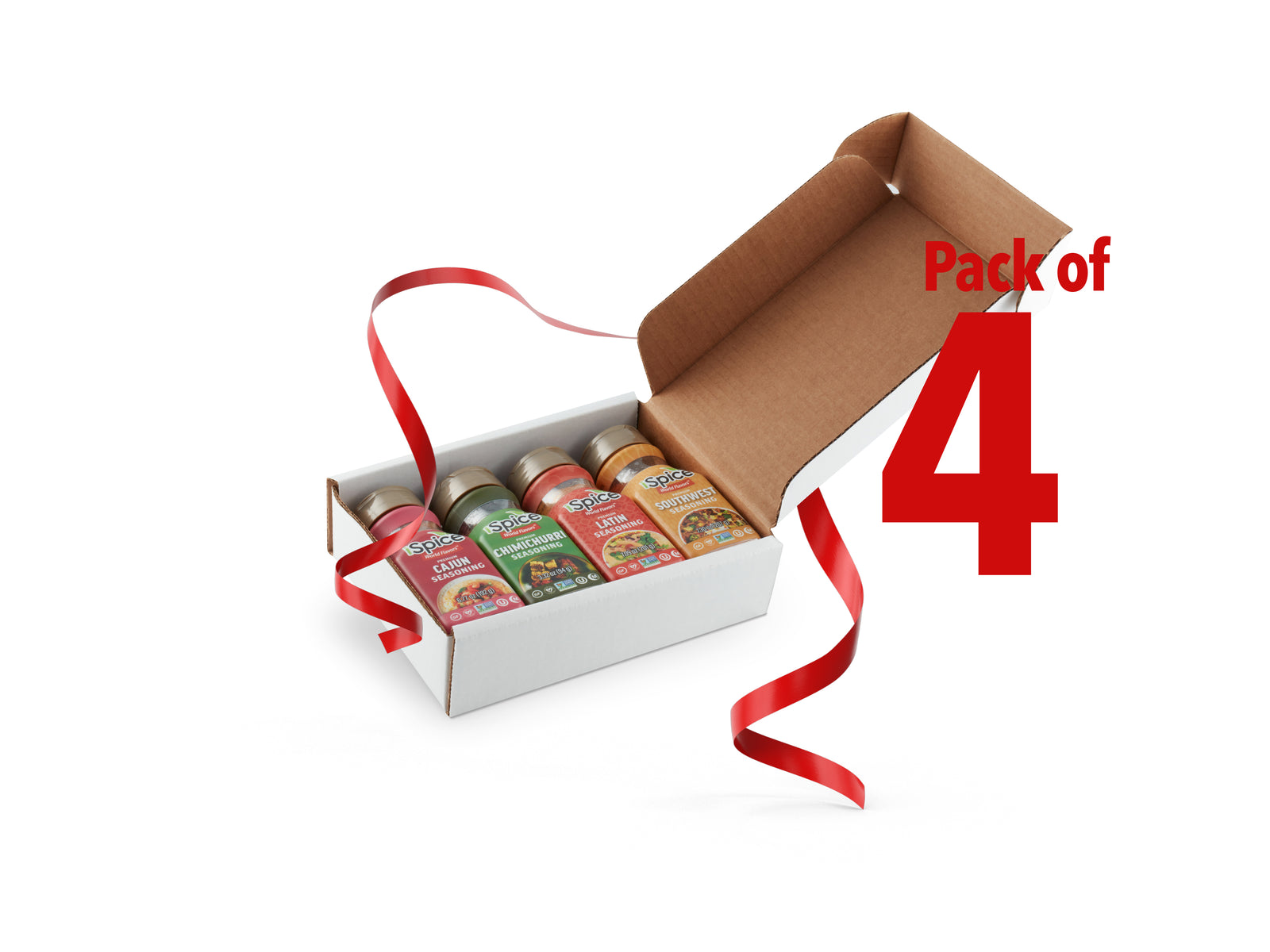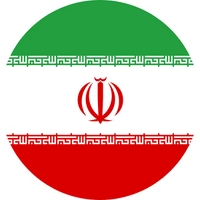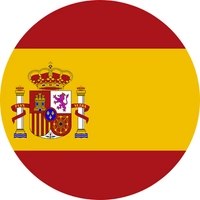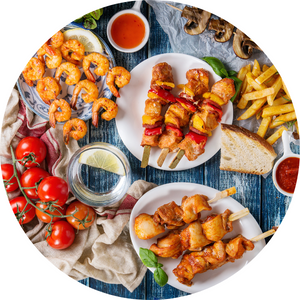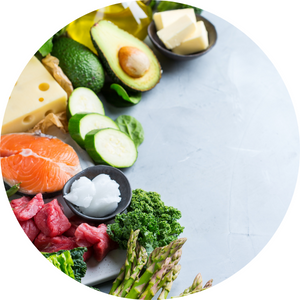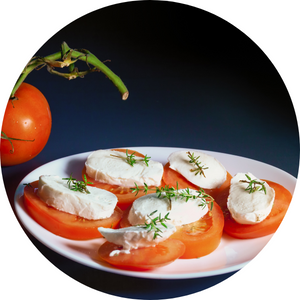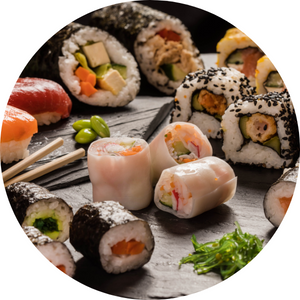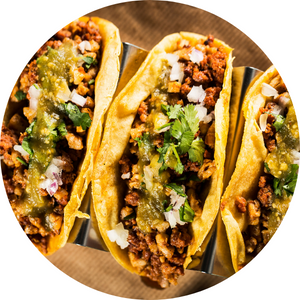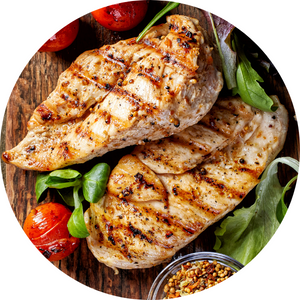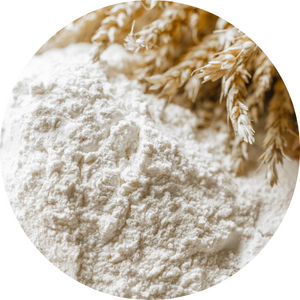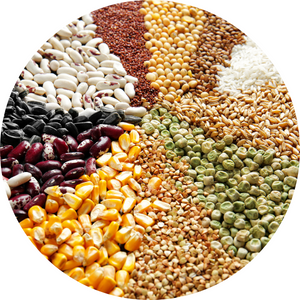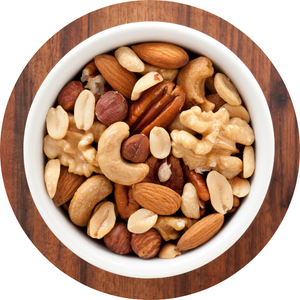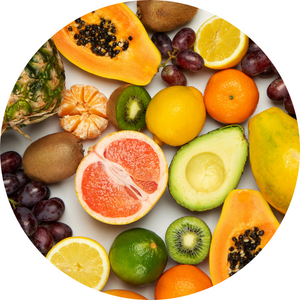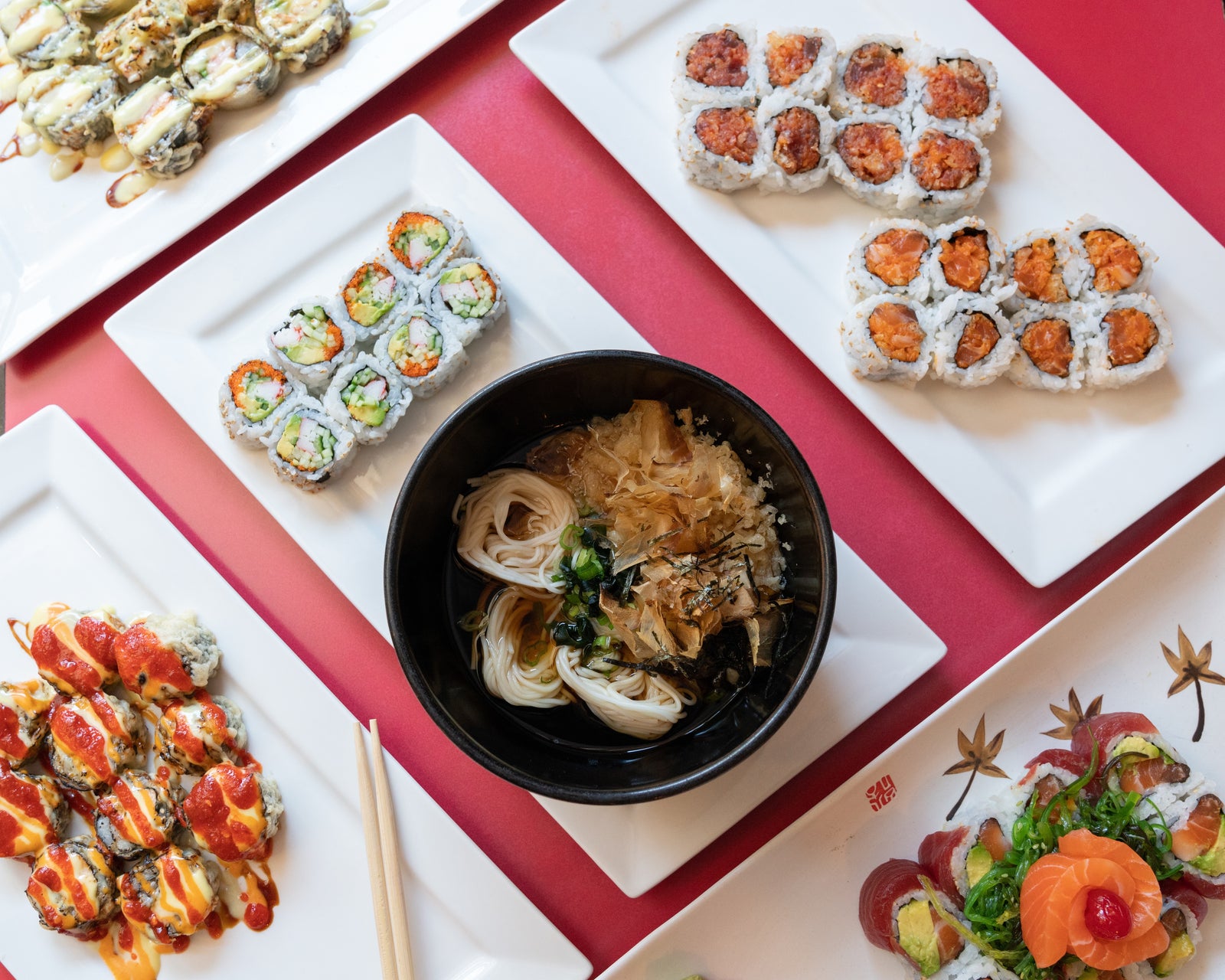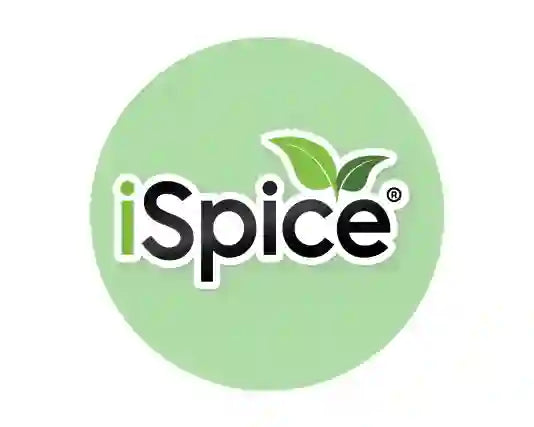
Persian cuisine, one of the world’s oldest culinary traditions, is defined by its delicate balance of herbs, spices, and aromatics. Unlike cuisines that rely heavily on heat or intensity, Persian cooking celebrates subtlety—layering fragrance, color, and taste to create dishes that are both comforting and elegant.
At the heart of this balance lies an artful use of fresh herbs and dried spices, each chosen to enhance rather than overpower. From saffron-infused rice to herb-packed stews, Persian food captures the harmony between nature’s freshness and spice’s warmth.
The Philosophy of Balance in Persian Cooking
In Persian culture, food represents harmony and well-being. Every ingredient is chosen not only for taste but also for its symbolic and balancing qualities.
-
Herbs bring freshness, aroma, and green vitality.
-
Spices add warmth, color, and depth.
-
Aromatics like onions, garlic, and rose water tie everything together.
Rather than sharp contrasts, Persian cuisine seeks a gentle equilibrium—a sensory experience where sweet, sour, and savory coexist in perfect rhythm.
Essential Herbs in Persian Cuisine
Herbs are foundational to Persian cooking, often used in abundance rather than as garnish. A single dish may contain a bouquet of different greens, chopped finely and simmered or served fresh.
1. Parsley
Adds brightness and mild bitterness to stews and rice dishes.
2. Cilantro
Provides freshness and citrusy aroma, often paired with parsley or chives.
3. Dill
Used in rice dishes like sabzi polo (herb rice) and fish preparations.
4. Fenugreek Leaves
Essential for the rich, earthy flavor in ghormeh sabzi, one of Iran’s national stews.
5. Mint
Brings cooling contrast to hot dishes, yogurt sauces, and drinks.
6. Tarragon and Basil
Add aromatic depth to soups, stews, and grilled meats.
Key Aromatics and Spices in Persian Cooking
While herbs form the foundation, spices and aromatics elevate flavor complexity. Persian spice blends are delicate, emphasizing fragrance over fire.
1. Saffron
Known as the “golden spice,” saffron is used for color and aroma in rice, desserts, and stews. A few strands dissolved in hot water or rosewater perfume the entire dish.
2. Turmeric
Adds earthy depth and golden color to stews and meats.
3. Cinnamon
Used sparingly to create warmth and a hint of sweetness in savory dishes.
4. Cardamom
Brings floral sweetness, especially in desserts and teas.
5. Dried Lime (limoo amani)
Adds citrus tang and complexity to soups and slow-cooked dishes.
6. Rose Water
Infuses desserts and drinks with a distinct floral fragrance, balancing richer flavors.
The Role of Freshness and Layering
Persian cooks build flavor in layers rather than adding all ingredients at once. Aromatics like onions and garlic are sautéed until golden, spices are bloomed gently in oil, and herbs are added at different stages to preserve both fragrance and color.
This careful process results in multi-dimensional flavor—one that’s mellow, aromatic, and deeply satisfying without overpowering any single note.
Iconic Dishes That Showcase Balance
1. Ghormeh Sabzi
A herb-rich stew made with parsley, cilantro, fenugreek, kidney beans, and dried lime. It captures the essence of Persian herb layering.
2. Sabzi Polo
A fragrant rice dish with dill, parsley, and chives, traditionally served with fish during Nowruz (Persian New Year).
3. Fesenjan
A sweet-tart walnut and pomegranate stew flavored with cinnamon and saffron.
4. Ash Reshteh
A hearty noodle soup packed with herbs, beans, and spices—often topped with caramelized onions and dried mint.
5. Zereshk Polo
Saffron rice with tart barberries, balancing sweetness and acidity beautifully.
Techniques That Define Persian Herb and Spice Harmony
-
Gentle Heat: Spices are never scorched; they’re warmed to release aroma.
-
Fresh Herbs: Added generously for texture and fragrance.
-
Sweet and Sour Contrast: Commonly achieved with pomegranate, dried lime, or barberries.
-
Blooming Spices: Mixing ground spices in hot oil before adding other ingredients intensifies flavor.
-
Balancing Aromatics: Onion, garlic, and herbs act as the flavor base in almost every dish.
Pairing Tips for Persian Flavor
| Ingredient | Perfect Partner |
|---|---|
| Saffron | Rice, chicken, desserts |
| Mint | Yogurt, cucumber, lentils |
| Dill | Fish, rice, eggs |
| Turmeric | Legumes, lamb, onions |
| Rosewater | Almonds, pistachios, sweets |
These combinations highlight the Persian principle of balancing warmth and freshness in every dish.
Frequently Asked Questions About Persian Herbs and Aromatics
1. Why are herbs so important in Persian cuisine?
They bring freshness, color, and life to dishes, balancing the richness of meats, rice, and stews.
2. What makes Persian cooking different from other Middle Eastern cuisines?
It focuses on aromatic balance rather than strong spice heat, emphasizing harmony and fragrance.
3. Which herbs are most common in Persian cooking?
Parsley, cilantro, dill, mint, tarragon, and fenugreek are used most frequently.
4. How is saffron used in Persian dishes?
Saffron threads are steeped in warm water or rosewater and added at the end for aroma and golden color.
5. What gives Persian dishes their unique fragrance?
A mix of herbs, saffron, dried lime, and floral waters creates the signature Persian aroma.
6. Can Persian herb techniques be used in other cuisines?
Yes—herb layering and spice blooming add complexity to any cooking style, from Mediterranean to fusion dishes.
Final Thoughts
Persian cuisine is a masterclass in the art of balance—where herbs bring freshness, spices add depth, and aromatics tie everything together in harmony. Every dish tells a story of patience, precision, and respect for flavor. By understanding how Persian cooks combine these elements, you can bring the elegance and fragrance of Iran’s culinary traditions into your own kitchen—one herb-filled spoonful at a time.

